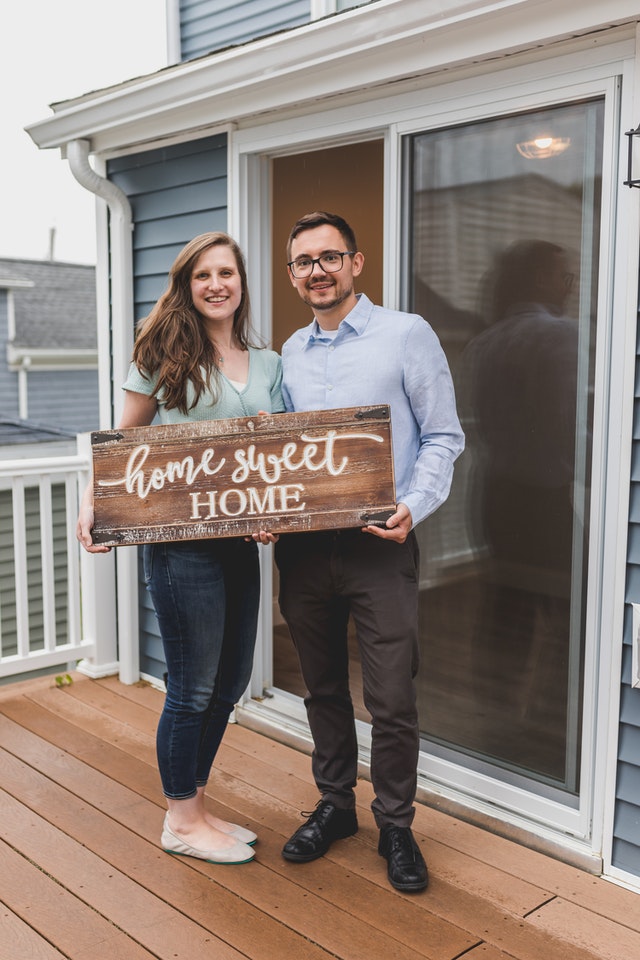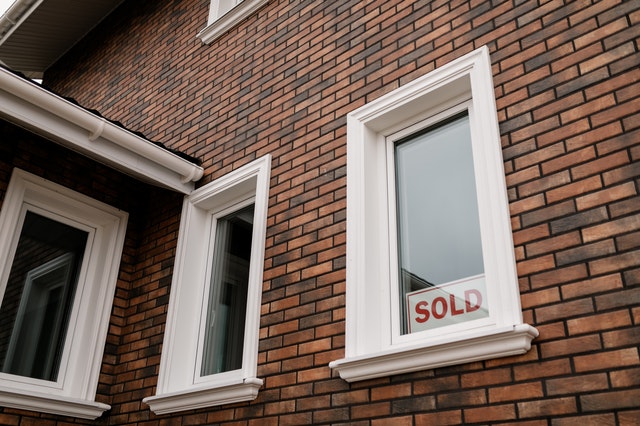Reality TV shows may paint a picture of how easy it is to flip a property, but the actual reality is much more complicated than that. Unfortunately, beginner real estate investors often jump into the business without knowing anything about real estate and how it works!
In a nutshell, house flipping is buying a distressed property that you repair and sell for a profit. It’s one of the best ways to earn money from real estate, whether you do it full-time or only as a side hustle. In fact, flippers can make up to $25,000 profit on a typical house in the City of Detroit (provided, of course, that you follow the right advice).
But like any business, house flipping takes knowledge, planning, and hard work to be successful. Without the proper guidance, you’ll only lose your hard-earned cash.
So, here are five common mistakes that novices overlook and how you can avoid them altogether.
#1 No Market Knowledge
There’s more to house flipping than what you may know. One of the biggest mistakes new flippers make is buying a property that falls within their budget but is unfortunately located in an undesirable market. As a result, they end up stuck with a home they don’t need, with all their savings tied to an undesirable property.
Solution: Work with an experienced, local real estate agent who knows the real estate market well and can show you the ropes. Experienced agents will know things such as current market prices, what buyers are looking for, and the latest trends in the neighborhood. Then, continue learning by talking to other investors and following real estate investment blogs (like this one!).
#2 Investing Too Much Time and Money
The whole point of house flipping is to earn a good return on investment. But that is impossible if you spend too much money upfront. Moreover, time is also of great essence in the flipping business. On average, it shouldn’t take you longer than 1-2 months to sell it. The longer a property stays on the market, the more you have to pay taxes and maintenance. This increases your capital expenditure and squashes your potential flipping profit.
Solution: Follow the industry’s 70% Rule, which says you should only pay a maximum of 70% property value minus the repairs. This rule is significant for new investors who don’t have extra money to cover a project that goes sour.
For example, let’s say the property value is $200,000 after $10,000 of repairs. In this situation, you should spend no more than $133,000 to purchase the home ($200,000 – $10,000 x .70 = $133,000). If you spend too much money, you won’t be able to sell it for a significant profit.
On top of this, ensure that you work with a professional contractor before you purchase the property. They can inspect the home for you and provide an accurate repair cost for your budget.
#3 Overestimating Your Skill and Knowledge
Are you tempted to save money and repair the distressed property yourself? Keep in mind that so many things can go wrong if you don’t have the necessary knowledge and experience. It only takes one bad swing of the hammer to do irreversible damages to the home!
Solution: Start slow and look for homes that require minimal repairs (remember the 70% rule). You can gradually take up more complicated projects as you increase your knowledge and experience. Alternatively, work with a licensed contractor to flip the home for you so you won’t have to update the wiring and plumbing on a 60-year-old house.
#4 Miscalculating Cost of Repair
This is the most common mistake!
One thing that most of the flipping & improvement shows get right is the “unexpected repair”. The demo crew opens a wall that exposes dry rot, termites, a major plumbing issue, etc.
Miscalculating the cost of repairs can make your expected profits disappear.
Solution: Look for projects that don’t require much work and talk to a trusted contractor to help you bring the home up to suitable standards. Also, build in 10-20% Cost Overrun in your repair budget. Don’t go overboard!
#5 Overvaluing the House
Finally, one of the classic rookie mistakes is estimating your sales price at the highest price possible. While this does happen, and it’s great when it does, you’re better off being a bit more conservative on your estimated sales price.
Solution: Consult your real estate agent to land on a realistic price based on market analysis and careful consideration of the competition.
Conclusion
Home flipping is still a lucrative gig, provided that you are willing to invest the time and effort. While the concept is as simple as selling for a profit as fast as you can, there are so many pitfalls that can derail your efforts and put you in a financially difficult spot.
Instead, learn from the mistakes of others! Avoid the top five mistakes novice flippers make to become successful flippers without burning cash.
Need more help in flipping houses? Feel free to get in touch. I’m more than willing to help you in your journey to become a successful house flipper.
Image courtesy of Sebastian Herrmann












